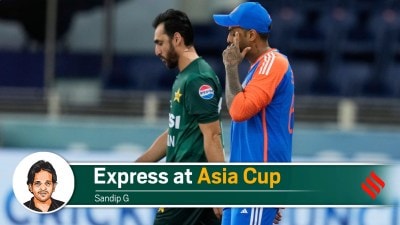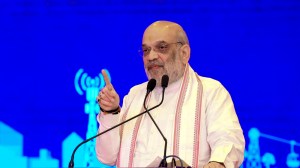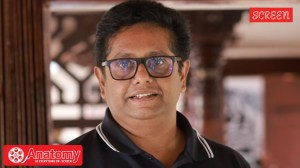Media from across the world converged at the Sher-e-Kashmir Stadium, scanning for headlines as PM Manmohan Singh flagged off the bus to Muzaffarabad.
Philip De Wit is in Srinagar to cover the event for his National daily NRC Handelsblad. ‘‘It is the first breakthrough,’’ says the Delhi-based correspondent. ‘‘Kashmir is the centrestage of South Asia politics and nobody can afford to miss it.’’ De Wit is one among hundreds of journalists in Kashmir to cover what is seen as a first major confidence building measure (CBM) between India and Pakistan. In fact, more than 700 journalists including about 150 foreign correspondents have rallied in Srinagar on the occasion.

Handelsblad is the only Dutch newspaper that has sent their correspondent to Valley. And De Wit explains the reasons. ‘‘We have been covering the Kashmir issue all these years to cater to a substantial Muslim population of our country.’’ Considering there is little comprehension of the complex Kashmir issue among the Dutch, De Wit feels it’s a tough time to explain the conflict to his readers.
Story continues below this ad
‘‘People in Holland yawn as they come across the Kashmir word,’’ he says. ‘‘It is a touchy subject. I myself regularly read books about Kashmir dispute and conflict’’.
After 9/11, the world focus on the Muslim militants is one of the factors that has attracted the attention of world media to this conflict zone. ‘‘There is more interest in Holland for the terrorists post 9/11 and in South Asia for Pakistan.’’ But terrorism is not the only factor. India is emerging as big economic power, says De Wit. ‘‘India is perceived as an upcoming market.’’
How does he see the event? ‘‘The rolling down of the bus wouldn’t help in bringing a solution to the Kashmir problem,’’ he says. ‘‘However, if successful, it can mark a change in the life of the ordinary Kashmiris.’’

































